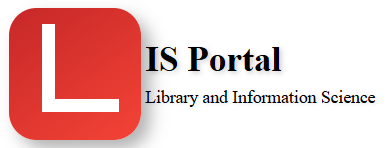An algorithm is a set of step-by-step instructions for solving a problem or performing a task. It is a logical and systematic approach to solving a problem that can be implemented in a programming language. A flowchart is a graphical representation of an algorithm that shows the flow of control from one step to the next.
The process of developing an algorithm involves several steps, which include:
-
Problem Definition: The problem to be solved is defined clearly and precisely.
-
Input/Output Specification: The input and output requirements for the problem are specified.
-
Algorithm Design: The solution approach is developed using a systematic approach.
-
Implementation: The algorithm is implemented in a programming language.
-
Testing: The algorithm is tested to ensure that it produces the correct results for a variety of inputs.
Flowcharting is the process of creating a visual representation of an algorithm using symbols and diagrams. It allows the algorithm to be presented in a clear and organized manner that is easy to understand. A flowchart typically consists of symbols that represent different types of steps, such as start and end points, input and output operations, and decision points.
Some of the benefits of using flowcharting for algorithm development include:
-
Clarity: A well-designed flowchart can make the algorithm easy to understand and follow.
-
Organization: A flowchart can organize the algorithm into clear, logical steps.
-
Communication: A flowchart can be used to communicate the algorithm to others, such as programmers or users.
-
Analysis: A flowchart can be used to analyze the algorithm and identify potential improvements.
